Birthplace of the Fab City concept, and famous for art and architectural design, Barcelona is a thriving hub of creativity, and a European center for The Maker Movement. As a pilot model for the creative circular economy that is Fab City, the Poblenou district is Barcelona’s most concentrated area of maker and 3D printer related activity and, as such, the perfect place to explore.
On a recent visit to the IN(3D)USTRY show I took the opportunity to visit some of the key places in this “maker-hood”.
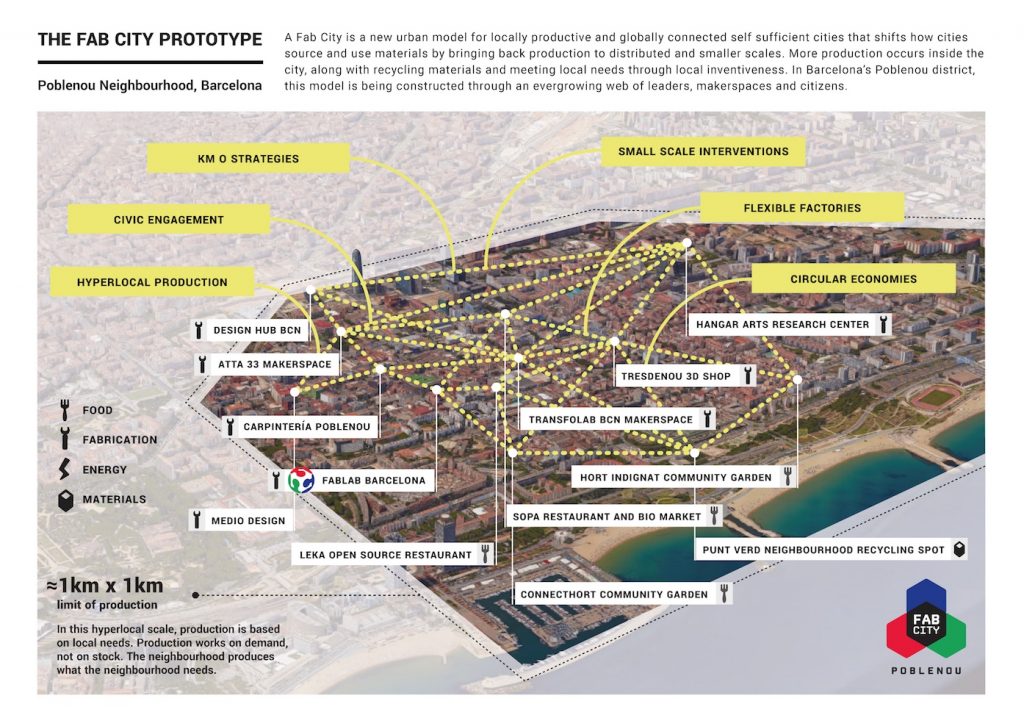
A walk around Poblenou
Fab Lab Barcelona (Fab Lab BCN) and the Institute for Advanced Architecture of Catalonia (Iaac) are co-located in the same facility to the west of the district, about 10 minutes walk from Barcelona’s Nova Icaria Beach and boardwalk.
A further 5 minutes down the same street is the Fab Lab BCN open source designed restaurant LEKA, the Valkiria hub for innovation and networking, a number of university centers including the Catalonia Polytechnic University, the Bau School of Design and TransforLAB BCN Makerspace.
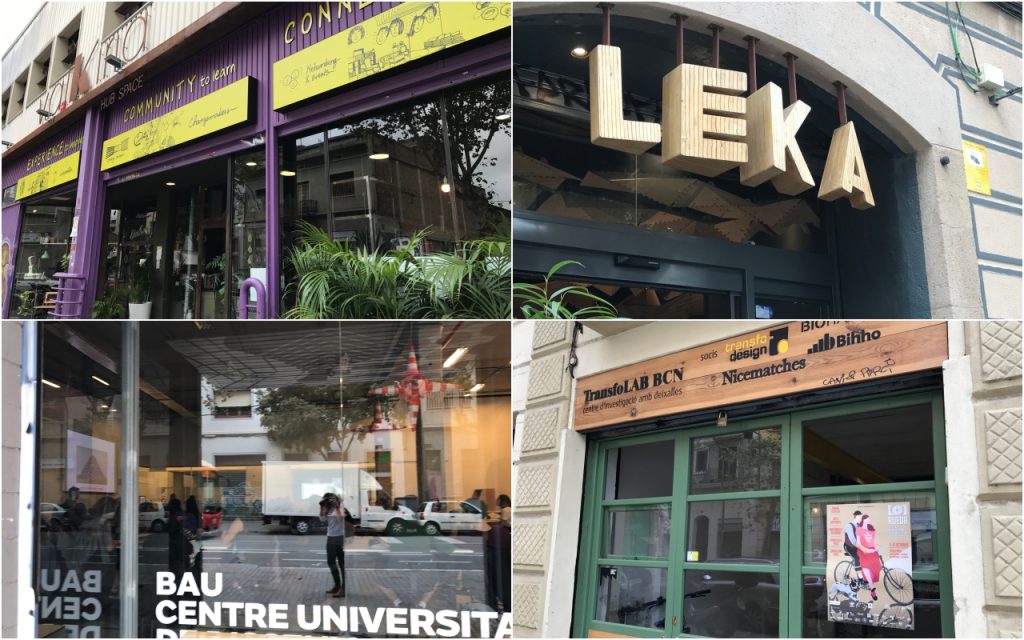
What technology can do for the people
Marco Sanalitro is head of communications at Fab Lab BCN/the IAAC. Though classes were in session, Marco kindly agreed to show me around the facility, that is built into a old warehouse.
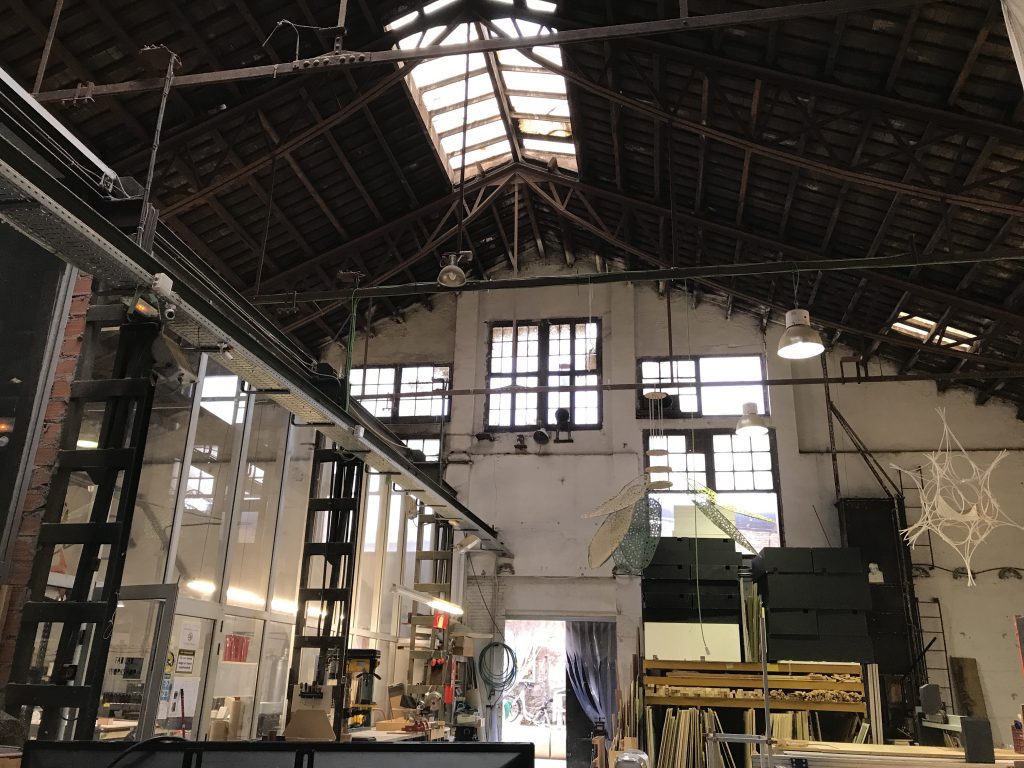
Fab Lab BCN, and especially the Fab City movement is all about what smart technology can do for the community. Marco explains to me that the shared vision is not a high-tech future where all things are operated by computers or a touch screen, but instead the application of smart technologies to improve human experience.
The example he gives is of a sensor system used to help crack down on noise pollution. Placed in a square where occupants were making noise complaints, the sensors were capable of passively recording data about sound levels and the time of day. This was then presented to the municipality, who put measure in place to rearrange the occupants and cut out these complaints. As previously reported on 3D Printing Industry, such sensors can be efficiently made using additive manufacturing, even on a 3D printer in the home.
Collaboration for innovation
In addition to a 3D printer farm, the Fab Lab/IAAC facility has a number of other tools available to its users, including CNC mills, and programmed robotic arms that can deposit more than just clay.
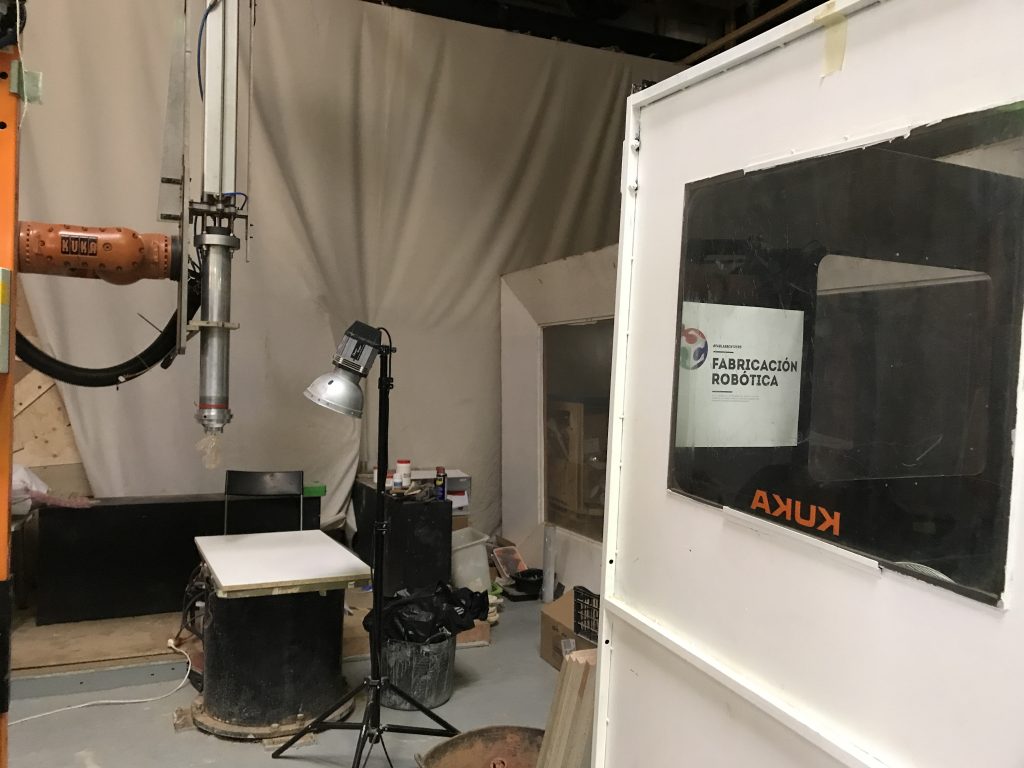
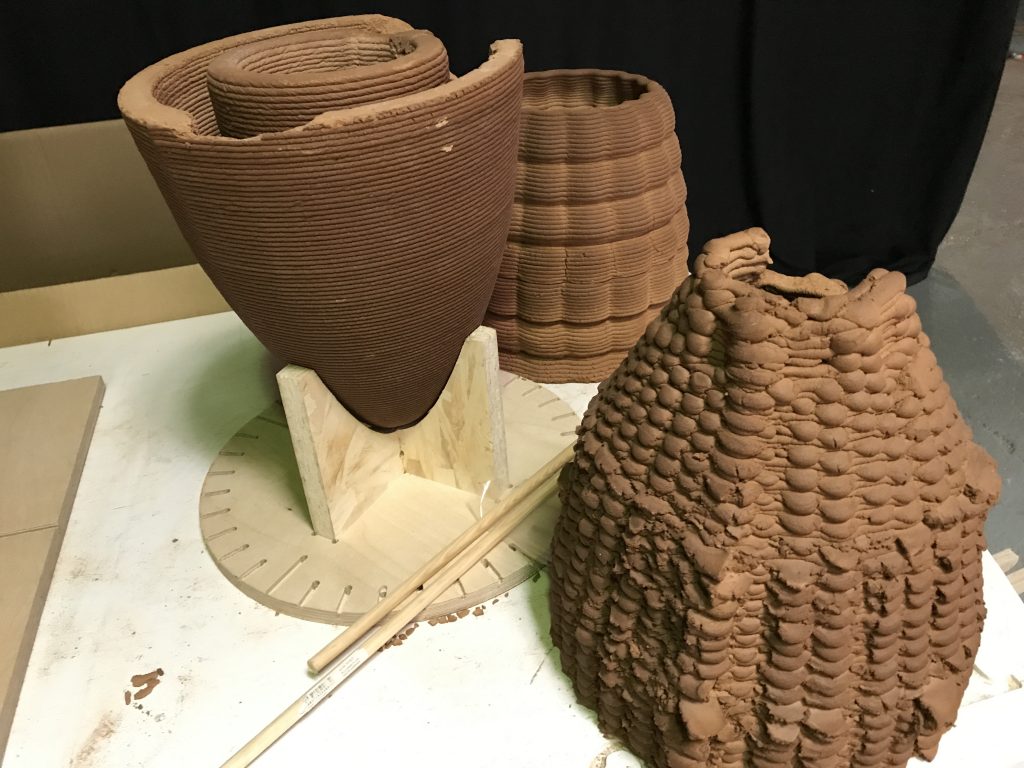
The co-location of the two entities encourages interdisciplinary collaboration between the 200 sum international students and Fab Lab BCN and the Iaac. Additionally, through the way Fab Labs have now multiplied to over 1000 around the world, the facility actively encourages connections between cities in other countries.
For more of the latest 3D printing insights and other news, sign up to the 3D Printing Industry newsletter, find us on Facebook and on Twitter.
Get involved with 3D printing in events near you.
Feature image shows the Institute for Advanced Architecture of Catalonia (Iaac) and Fab Lab Barcelona facility. Photo by Beau Jackson for 3D Printing Industry


